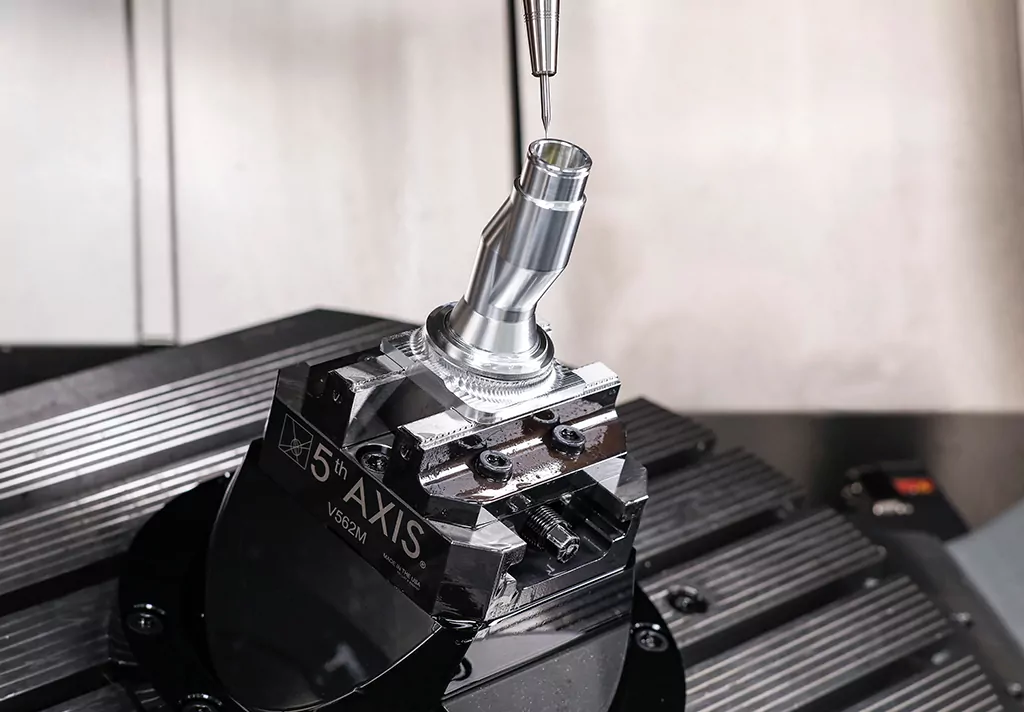5 axis cnc machining services
When it comes to it, there are many different viewpoints and approaches to consider, each with their own strengths and limitations 5 axis cnc machining services. In today's competitive manufacturing industry, achieving high-quality products is essential for success. One of the key methods for enhancing product quality is through the use of high-precision 5 axis CNC machining techniques. These advanced machining methods offer unparalleled accuracy and versatility, allowing manufacturers to produce complex components with tight tolerances and superior surface finishes. 
The Advantages of 5 Axis CNC Machining
5 axis CNC machining provides several advantages over traditional machining processes. By utilizing 5 axes of motion, including three linear axes and two rotational axes, manufacturers can access multiple sides of a workpiece without the need for repositioning. This capability enables the production of intricate geometries and contours that would be challenging or impossible to achieve with conventional machining methods.
Furthermore, the high precision of 5 axis CNC machining ensures consistent part-to-part accuracy, reducing the likelihood of errors and rework. This level of precision is particularly beneficial for industries such as aerospace, medical, and automotive, where tight tolerances are critical for component performance and safety.
Complex Part Production
One of the most significant advantages of 5 axis CNC machining is its ability to produce complex parts in a single setup. Traditional 3 axis machining often requires multiple setups and tool changes to access different features of a part, increasing the risk of dimensional errors and inconsistencies. With 5 axis machining, complex parts can be machined in a single operation, ensuring seamless transitions between surfaces and features.
For example, turbine blades for aerospace engines require intricate airfoil profiles and precise surface finishes to optimize performance. 5 axis CNC machining allows manufacturers to produce these complex geometries with the highest level of accuracy, meeting the stringent requirements of the aerospace industry.
Surface Finish and Tool Access
5 axis CNC machining also excels in achieving superior surface finishes on machined components. The ability to tilt the cutting tool at various angles enables access to difficult-to-reach areas of a workpiece, resulting in smooth and uniform surface textures. This is particularly advantageous for molds, dies, and other tooling components that require flawless surface finishes for producing high-quality end products.
Additionally, the use of shorter cutting tools in 5 axis machining reduces tool deflection and vibration, further enhancing surface finish quality. This is crucial for achieving the fine details and intricate patterns demanded by industries such as jewelry, consumer electronics, and precision optics.
Optimizing Production Efficiency
While 5 axis CNC machining offers unparalleled precision and flexibility, it also contributes to improved production efficiency. By reducing the need for multiple setups and manual intervention, manufacturers can streamline their production processes and minimize lead times. This not only enhances overall productivity but also allows for the rapid prototyping and iterative development of new products, accelerating time-to-market for innovative designs.
Furthermore, the integration of advanced CAM software with 5 axis machining systems enables efficient toolpath generation and collision avoidance, maximizing machine utilization and minimizing production costs. This level of optimization is crucial for staying competitive in today's fast-paced manufacturing landscape.
In conclusion, the utilization of high-precision 5 axis CNC machining techniques is paramount for enhancing product quality across various industries. From complex part production to superior surface finishes and optimized production efficiency, 5 axis machining offers a myriad of benefits that elevate the standards of modern manufacturing. As technology continues to advance, the potential for further innovation in 5 axis CNC machining remains promising, driving the continuous improvement of product quality and manufacturing capabilities. References
|